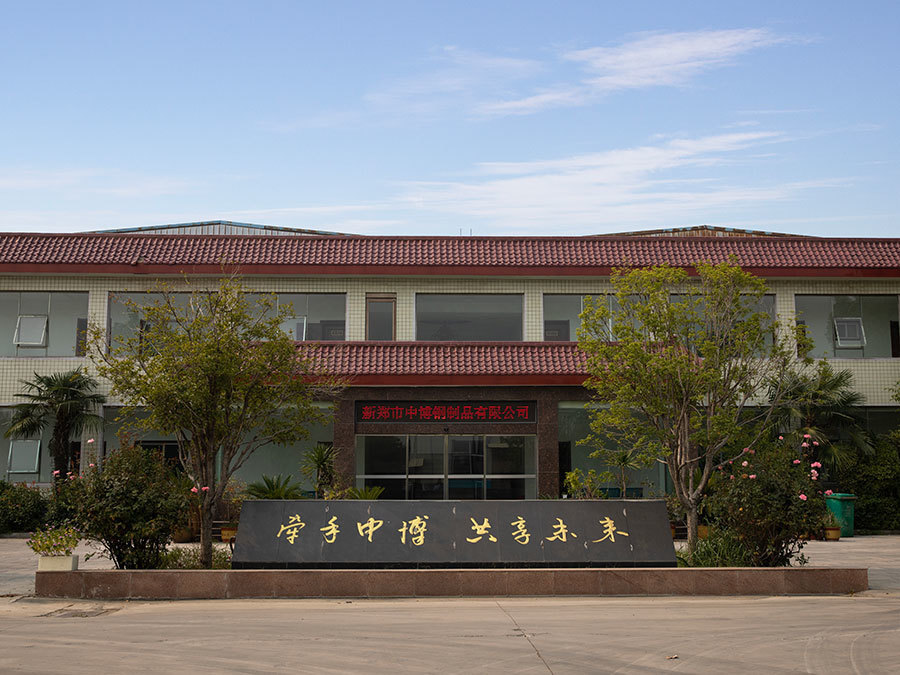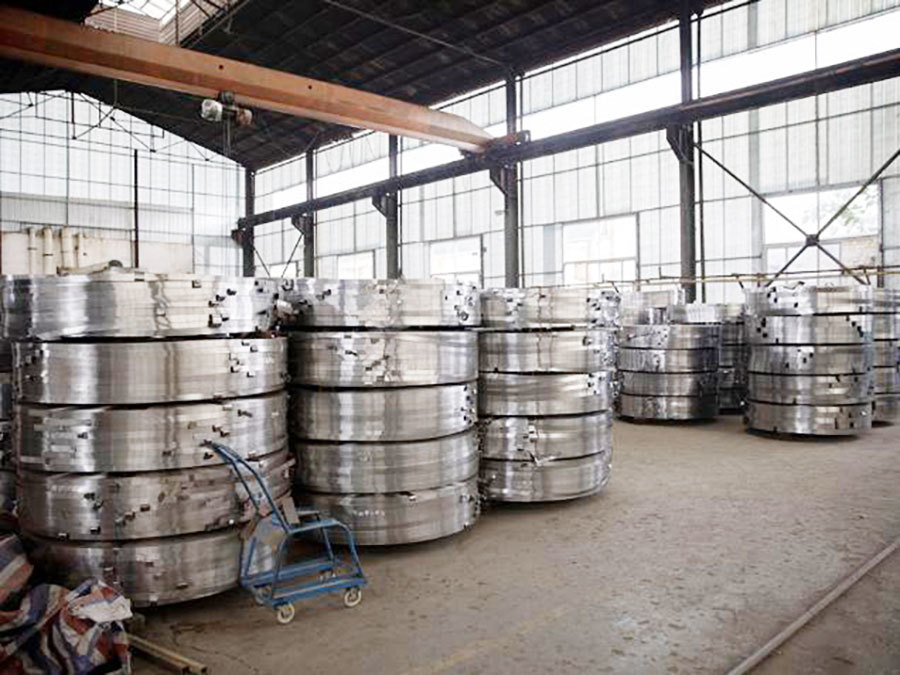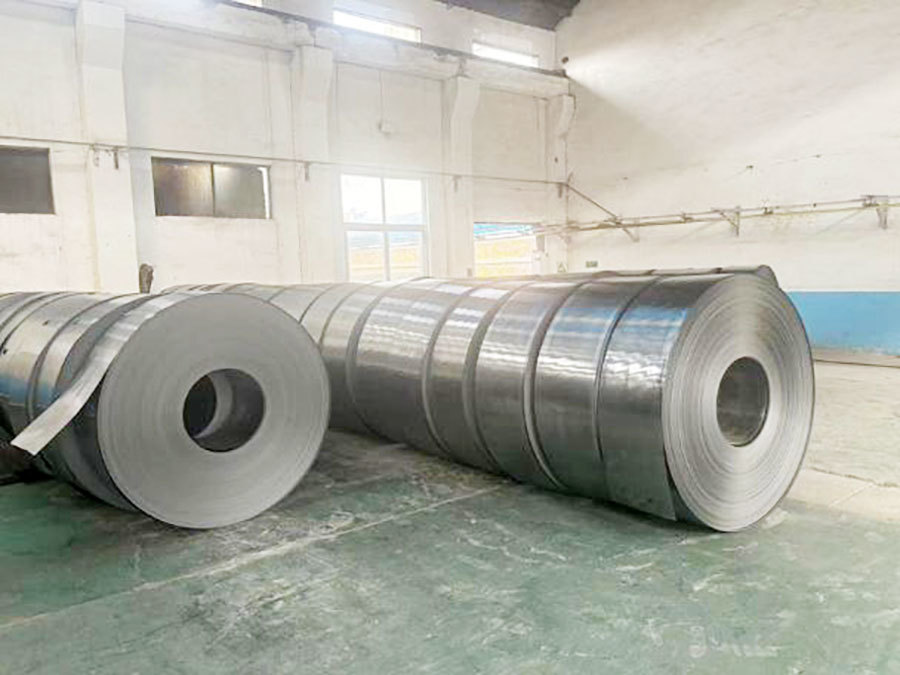The difference between galvanized strip steel pipe and galvanized steel pipe
Release time:
2025-03-06
Steel strips are produced through a continuous galvanizing process, followed by forming, welding, and deburring.
Galvanized strip steel pipes and galvanized steel pipes have significant differences in several aspects. The following is a detailed comparison:
I. Production Process
Galvanized strip steel pipe: Raw material: wide strip steel.
Process: The steel strip is galvanized through a continuous galvanizing process, and then produced through forming, welding, and deburring processes. It can be understood as galvanizing first, then welding.
Galvanized steel pipe: Raw materials: cold-rolled or hot-rolled strip steel, raw materials are mostly low-carbon steel, strip steel, or alloy steel, etc.
Process: The strip steel is processed into steel pipes through bending and welding processes, then pickled to remove oxides and oil stains from the surface of the steel pipe, and then galvanized by hot-dip galvanizing to coat the steel pipe surface with a layer of zinc. It can be understood as welding first, then galvanizing.
II. Corrosion Resistance
Galvanized strip steel pipe: The zinc layer is relatively thin, generally around 30 grams. The corrosion resistance is relatively poor compared to hot-dip galvanized pipes, but because its zinc layer is low, the steel pipe looks brighter and the surface is smooth and beautiful.
Galvanized steel pipe: The zinc layer is thicker, generally around 300 grams. It has good corrosion resistance. Because of the high zinc layer, it is closer to the original color of zinc. The surface of the hot-dip galvanized steel pipe is rougher and less bright.
III. Structure and Size
Galvanized strip steel pipe: It is a strip-shaped product with a large width and a small thickness. The thickness is usually less than 2mm.
Galvanized steel pipe: It is a tubular product. The thickness is usually more than 3mm; too thin is easy to bend and deform.
IV. Applications
Galvanized strip steel pipe: Suitable for small parts, with good processing performance. Mainly used to manufacture various metal products, such as automotive parts, conduit, and sports equipment.
Galvanized steel pipe: Suitable for large parts, with advantages such as uniform coating, strong adhesion, and long service life. Mainly used for transporting liquids and gases, such as water pipes and oil pipelines. It is also often used in fluid transportation, structural engineering, and equipment pipelines.
V. Other Characteristics
Galvanized strip steel pipe: The cost is lower, and the Price is more affordable compared to materials such as stainless steel pipes, suitable for large-scale production and application. Connection and installation are relatively easy, suitable for various construction projects.
Galvanized steel pipe: The galvanized layer and the steel are metallurgically bonded, and the durability is reliable. The coating is tough and can withstand mechanical damage during transportation and use.
Provides comprehensive protection; every part of the plated part can be plated with zinc, even in recesses, sharp corners, and hidden places, it can be fully protected.
In summary, galvanized strip steel pipes and galvanized steel pipes have significant differences in production processes, corrosion resistance, structure and Size, Applications, and other characteristics. When choosing, the type of steel pipe to be used should be determined based on the specific use environment and needs.
Key words:
Learn more dynamic
Focus on real-time enterprise dynamics and release new authoritative information
Specialized in the Production of Armored Cable Steel Strip and Steel Wire
E-mail: sherry@zhongbosteel.com
Address: Qiliyan, Lihe Town, xinzheng city, Henan Province
Copyright©2025 Xinzheng Zhongbo Steel Products Co., Ltd.
SAF Coolest v1.3.1.2 设置面板 GAGSD-AGYF-JSXZE-SAD
无数据提示
Sorry, the current column is being updated, please look forward to it!
You can view other columns or returnHome Page






